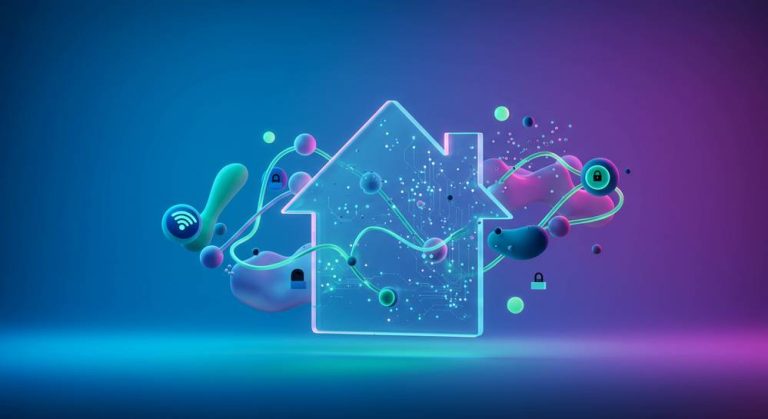In today’s rapidly evolving smart home landscape, voice activated lighting control systems stand out as a pinnacle of convenience and efficiency. These innovative technologies allow you to manage your home’s illumination simply by speaking, transforming everyday tasks into seamless experiences. Moving beyond traditional switches, voice control integrates artificial intelligence to offer personalized, adaptive, and energy-saving lighting solutions. This guide will explore how these systems work, their profound benefits, and how you can seamlessly integrate them into your living space, making your home smarter and more intuitive.
Understanding Voice Activated Lighting Control Systems

Voice activated lighting control systems are transforming how we interact with our living spaces, offering unparalleled convenience and efficiency. These intelligent lighting solutions allow users to manage their home illumination simply by speaking commands. At their core, these systems integrate smart speakers, a central smart home hub, and smart lighting devices like bulbs or switches. This seamless integration creates a truly responsive environment, adapting to your needs with just a few words.
The primary components work in harmony to interpret and execute commands. A smart speaker, such as Amazon Alexa or Google Assistant, acts as the primary interface, capturing spoken instructions. This command then travels to a smart home hub, which often resides within the speaker itself or as a dedicated device. The hub orchestrates communication with various smart lighting devices, utilizing protocols like Wi-Fi, Bluetooth, or Zigbee to ensure reliable operation.
Benefits of Voice Controlled Lighting
Embracing voice controlled lighting extends beyond mere convenience; it significantly enhances daily living. Users gain effortless control over ambiance, dimming, and color changes, optimizing lighting for any activity or mood. This technology also offers substantial accessibility benefits for individuals with mobility challenges. Furthermore, integrating these systems contributes to greater energy efficiency by enabling precise control and scheduling, reducing unnecessary power consumption across your home.
The evolution of smart home solutions continues to push boundaries. Modern voice activated lighting control systems now feature advanced AI, learning user preferences and automating routines. This predictive capability means your lighting can anticipate your needs, adjusting automatically based on time of day, occupancy, or even external weather conditions, creating a truly personalized and intuitive experience.
The Mechanics Behind Voice Commands and Lighting

The seamless operation of voice activated lighting control systems relies on a sophisticated chain of technological events. When a user issues a command, the smart speaker’s integrated microphone captures the spoken words. This analog audio signal undergoes immediate conversion into digital data, which is then securely transmitted to cloud-based servers for intensive processing. This initial step is critical for accurate interpretation.
In the cloud, advanced Natural Language Processing (NLP) algorithms spring into action. They meticulously analyze the digital audio, identifying keywords, context, and the user’s precise intent. For instance, a command like “dim the living room lights to 30%” is broken down into its core components. Once the command is fully understood, it is routed back to the local smart home hub or directly to the smart lighting device.
From Command to Illumination
Upon receiving the interpreted command, the smart home hub acts as the central orchestrator. It dispatches a specific signal to the target smart lighting device, whether it is a bulb, switch, or dimmer. This communication typically occurs wirelessly via protocols like Wi-Fi, Bluetooth, or Zigbee, ensuring rapid and reliable execution. The lighting device then instantly adjusts according to the command, all within milliseconds. This intricate process transforms a simple vocal instruction into an immediate, tangible change in your environment.
Key Advantages of Smart Voice Control for Lighting
The adoption of voice activated lighting control systems brings a multitude of benefits that extend beyond mere novelty. These advanced systems offer unparalleled convenience, allowing users to manage their home illumination effortlessly through spoken commands. This hands-free operation proves invaluable in various daily scenarios, from carrying groceries to simply relaxing without needing to reach for a switch.
Unmatched Convenience and Accessibility
The primary appeal of voice controlled lighting lies in its hands-free nature. Imagine entering a dark room with your arms full; a simple vocal command instantly illuminates your space. This feature also significantly enhances accessibility for individuals with mobility challenges, offering an intuitive way to control their environment. It fosters greater independence and comfort within the smart home ecosystem, making daily tasks simpler.
Boosting Energy Efficiency and Security
Beyond convenience, smart voice activated lighting control systems are pivotal for energy conservation. They enable precise scheduling, presence detection, and granular dimming capabilities, ensuring lights are only on when needed and at optimal brightness. This intelligent management directly translates into reduced electricity consumption and lower utility bills. Furthermore, these systems enhance undefined by simulating occupancy, deterring potential intruders when residents are away from home.
Selecting and Integrating Your Voice Controlled Lighting

Choosing the right voice activated lighting control systems demands careful planning for seamless integration and optimal performance. Compatibility is paramount. Ensure your selected smart lights and hub perfectly align with your preferred voice assistant, be it Amazon Alexa, Google Home, or Apple HomeKit. This crucial step prevents frustrating setup issues and guarantees smooth operation.
Evaluate the diverse types of smart lighting devices available. Options include simple smart bulbs, permanent wall switches, or versatile plug-in modules. Your choice depends on existing fixtures and desired control. Installation varies; screw-in bulbs are easy, while smart switches might need basic electrical wiring. Understanding undefined helps guide your decisions for a functional setup.
Future-Proofing Your Smart Lighting Setup
For longevity and expandability, prioritize future-proofing your voice activated lighting. Choose widely supported communication protocols like Matter, Zigbee, or Wi-Fi. Invest in reputable brands known for consistent updates and broad compatibility. This strategic approach allows your smart home to evolve, integrating new devices and technologies seamlessly, maximizing your initial investment.
Embracing voice controlled lighting systems signifies a leap towards a more intuitive and energy-efficient living environment. The seamless integration of voice commands into daily routines offers unmatched convenience, enhanced accessibility, and sophisticated control over your home’s ambiance. As technology continues to advance, these systems will become even more integral to our smart homes, providing personalized and responsive lighting solutions. Elevate your home experience and explore the possibilities with Future Home Fixtures, your partner in modern home innovation.









